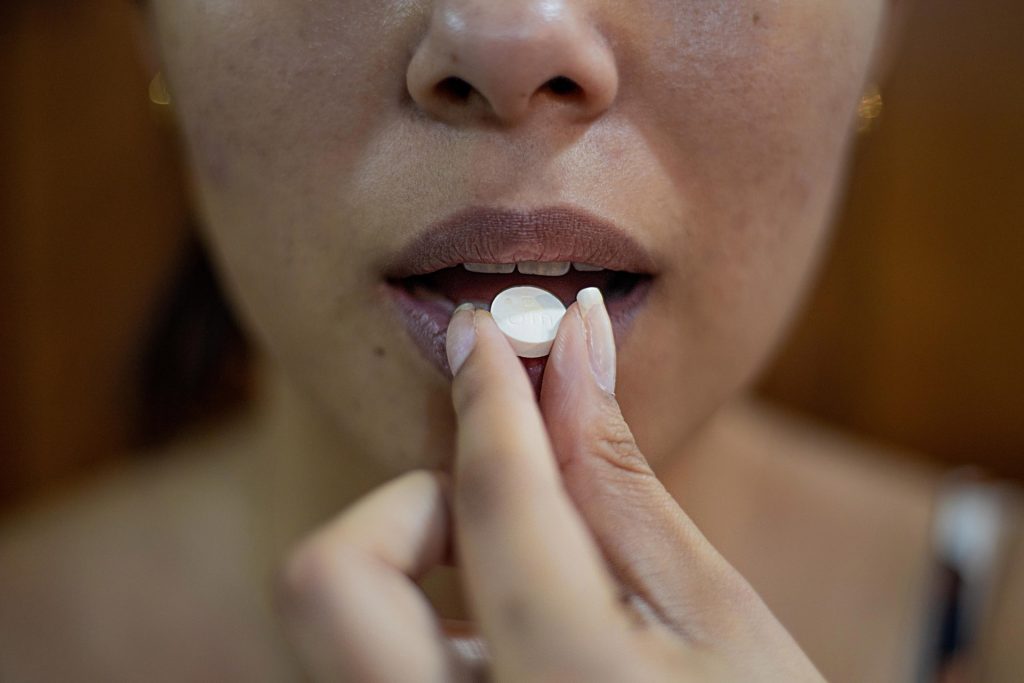Reminiscing Could be the Key to Drinking Less Alcohol

Researchers exploring the role memory plays in alcohol consumption believe it could help people reduce their intake. They published their findings in Food Quality and Preference.
Previous work has found people don’t eat as much food when they are reminded of an earlier meal just before tucking in. The latest study, led by the University of Portsmouth, wanted to further investigate the relationship between memory and consumption, but with alcohol instead.
The team carried out a study involving 50 women aged 18 to 46-years-old who were randomly split into two groups: The first group were asked to recall a recent alcohol experience in detail, and the second had to recall a car journey, as a control. Participants were then asked to consume a vodka-based drink, at a rate that felt comfortable to them.
Participants watched a mood-neutral program while drinking to provide a more naturalistic environment and distract them from any suspicion that their rate of consumption was being recorded.
The findings revealed individuals asked to recall a previous drinking episode took longer to consume the alcoholic beverage, which suggests a lower motivation for alcohol.
Dr Lorenzo Stafford, a multisensory researcher at the University of Portsmouth, said: “Following on from previous work, we think an important part of the observed effect was that individuals in the alcohol memory cue condition had to estimate the number of alcohol calories they consumed.
“Our theory is that females may have had less desire for alcohol because they wish to avoid excess calories, which could also be linked to work showing that females are more likely to change their consumption habits because they are more receptive to the risks alcohol poses to health and weight.”
Alcohol is one of the most widely consumed drugs with an estimated 2.3 billion global consumers, and is linked to around 5% of all global deaths.
Despite this, it is estimated that more than a quarter (28%) of drinkers consume more than the recommended 14 units a week in England alone.
The study also found that those individuals who drink regularly – categorising them at a high risk – consumed the alcohol faster than those in the low risk group. The authors say this demonstrates that the speed of consumption is a valid measure of alcohol motivation.
In two related studies, Dr Stafford and his colleagues found that strong health warning labels on alcohol products also reduced desire for alcohol and slowed down their drinking rate. While these approaches were more effective than memory cues, they could both offer a potentially useful way to help avoid excess alcohol consumption.
The paper, , recommends further research to help understand the alcohol memory effect in males, especially as males typically consume more alcohol than females and are therefore at a heightened risk.
Source: University of Portsmouth





